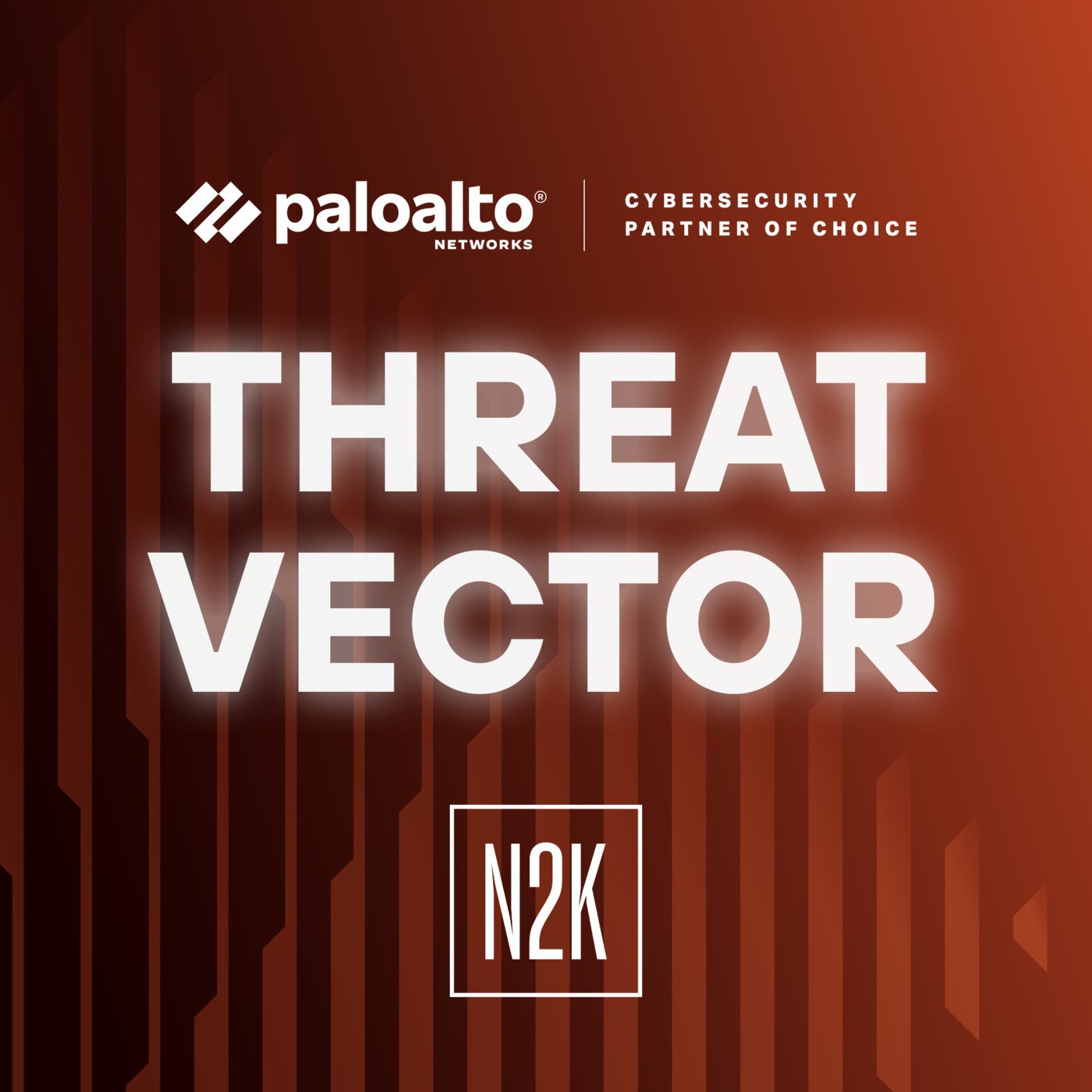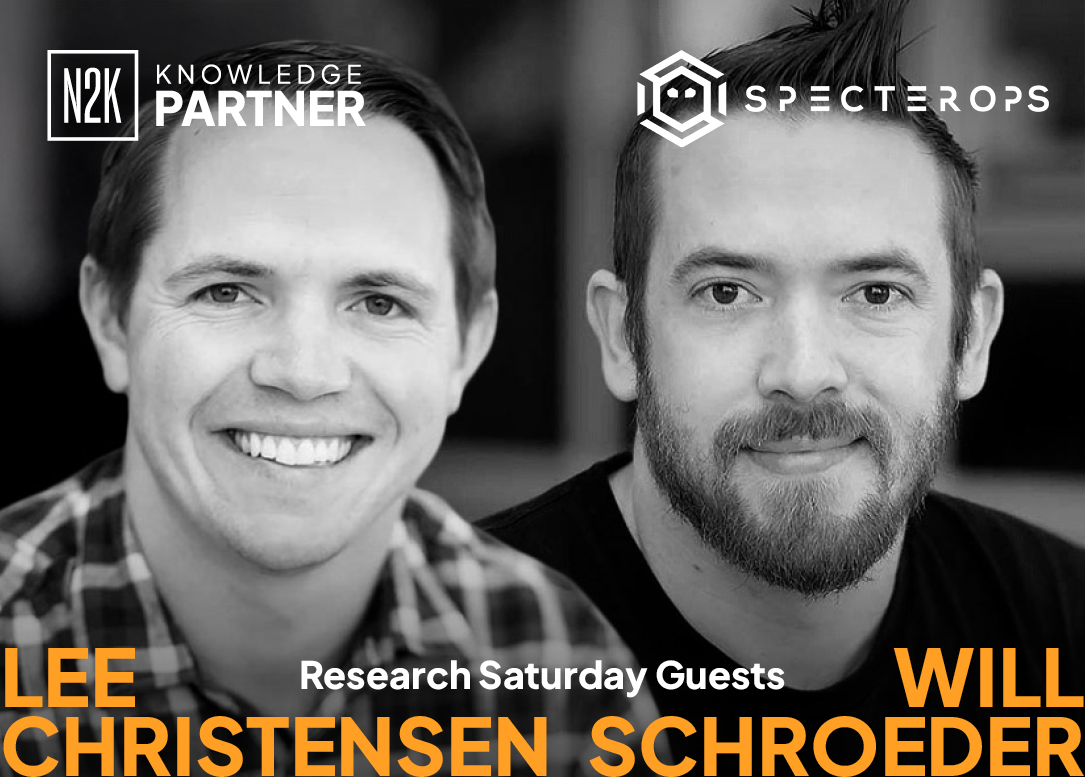
Innovation through Attack Path Management
Jared Atkinson from SpecterOps joins Dave Bittner on the CyberWire Daily podcast for a sponsored Industry Voices. They break down the fundamentals of Attack Path Management, explain how attackers move around traditional defenses, and share how organizations can visualize identity risk, map attack paths across hybrid environments, and prepare for the future of identity-focused security.
See Identity Risk the Way Adversaries Do
You’ve deployed the tools, enforced least privilege, and patched everything in sight. Yet attackers still get in and move through. Why? Because they don’t go through your defenses; they go around them, exploiting hidden identity relationships and misconfigurations. Attack Path Management (APM) reveals and eliminates these unseen paths, helping you see risk the way adversaries do and stop them before they reach your critical assets.

Threat Vector
Threat Vector is your premier destination for security thought leadership featuring in-depth discussions with industry leaders, Palo Alto Networks experts, and customers, providing crucial insights for security decision-makers.

The Microsoft Threat Intelligence Podcast
Join us to hear stories from the Microsoft Threat Intelligence community as they navigate the ever-evolving threat landscape - uncovering APTs, cybercrime gangs, malware, vulnerabilities, and other weird and cool tools and tactics in the world of cyber threats.
More insights from SpecterOps on N2K CyberWire
SpecterOps helps organizations identify and eliminate the identity risks that attackers exploit. The company provides visibility into complex permissions and access relationships, enabling security teams to detect and remediate attack paths before they can be used in an intrusion. With its BloodHound platform, SpecterOps delivers the insight and guidance needed to reduce identity-based risk and strengthen enterprise defenses.

From Access to Attack Paths: How Attackers Exploit Industry.
Over the past decade, the security community has experienced a profound shift. Where once the primary objective was keeping attackers out via hardening the perimeter, patching servers, and locking down firewalls, the new reality forced the community to adopt a different mindset: assume breach. We began operating under the premise that attackers would find a way in.
Whether through phishing, malware, or misconfiguration, compromise was inevitable. The question became “How do we reduce the impact of the inevitable breach?” instead of “How do we keep them out?”

You can add new features, just secure the old stuff first.
Guests Will Schroeder and Lee Christensen from SpecterOps join Dave Bittner on the Research Saturday podcast to break down vulnerabilities in Microsoft’s Active Directory Certificate Services. They explain how AD CS misconfigurations can enable credential theft, domain escalation, and long-term persistence, and why this poses significant risk for organizations that rely on Active Directory.

Attack Paths and new abuse primitives in Azure.
Andy Robbins from SpecterOps joins Dave Bittner on the CyberWire Daily podcast to explore how identity attack paths in Microsoft Azure are emerging as a major new security frontier. He explains how attackers can abuse Azure’s interconnected IAM systems and shares guidance for protecting cloud identity environments before adversaries gain an advantage.

The benefits of the cyber startup ecosystem.
Microsoft’s Kevin Magee and N2K CyberWire's Dave Bittner talk with an entrepreneur and startup veteran, and members from three incredible startups who are part of the Microsoft for Startups Founders Hub, each tackling big problems with even bigger ideas.
Daily intelligence for cybersecurity professionals.
N2K CyberWire has earned the eyes, ears, and trust of influential industry professionals. We provide visibility, authority, and connectivity to our partners who want to engage with these audiences.
Our global audience of 1.8M people tune into our daily and weekly podcasts and briefings to stay in the know on cybersecurity news, insights, and trends.
.png)
